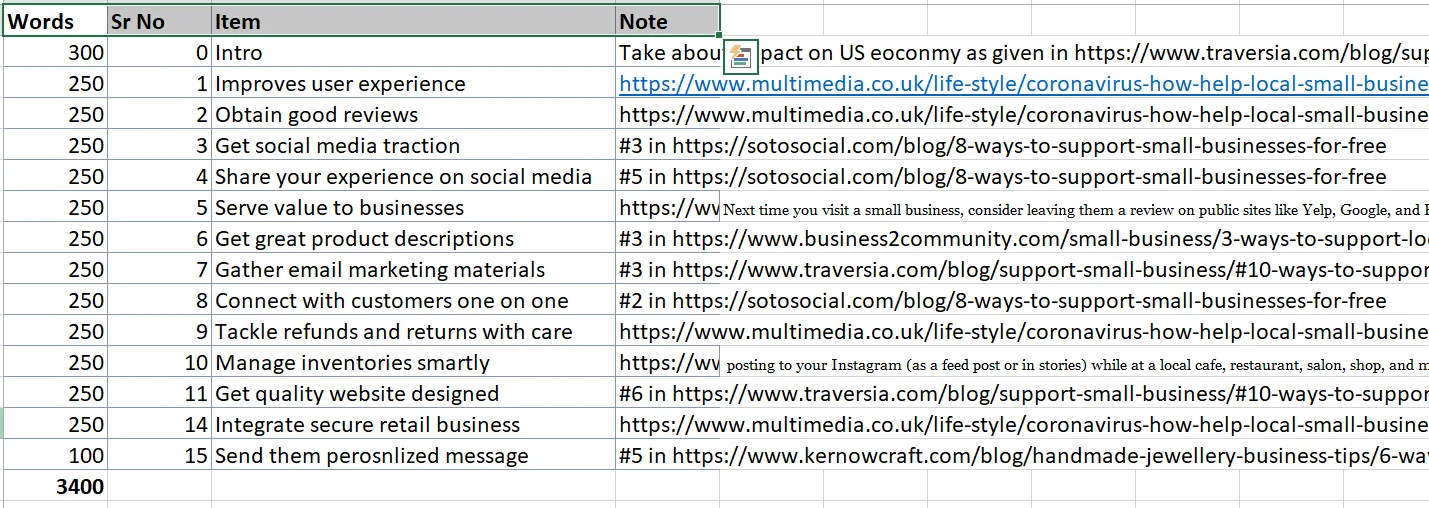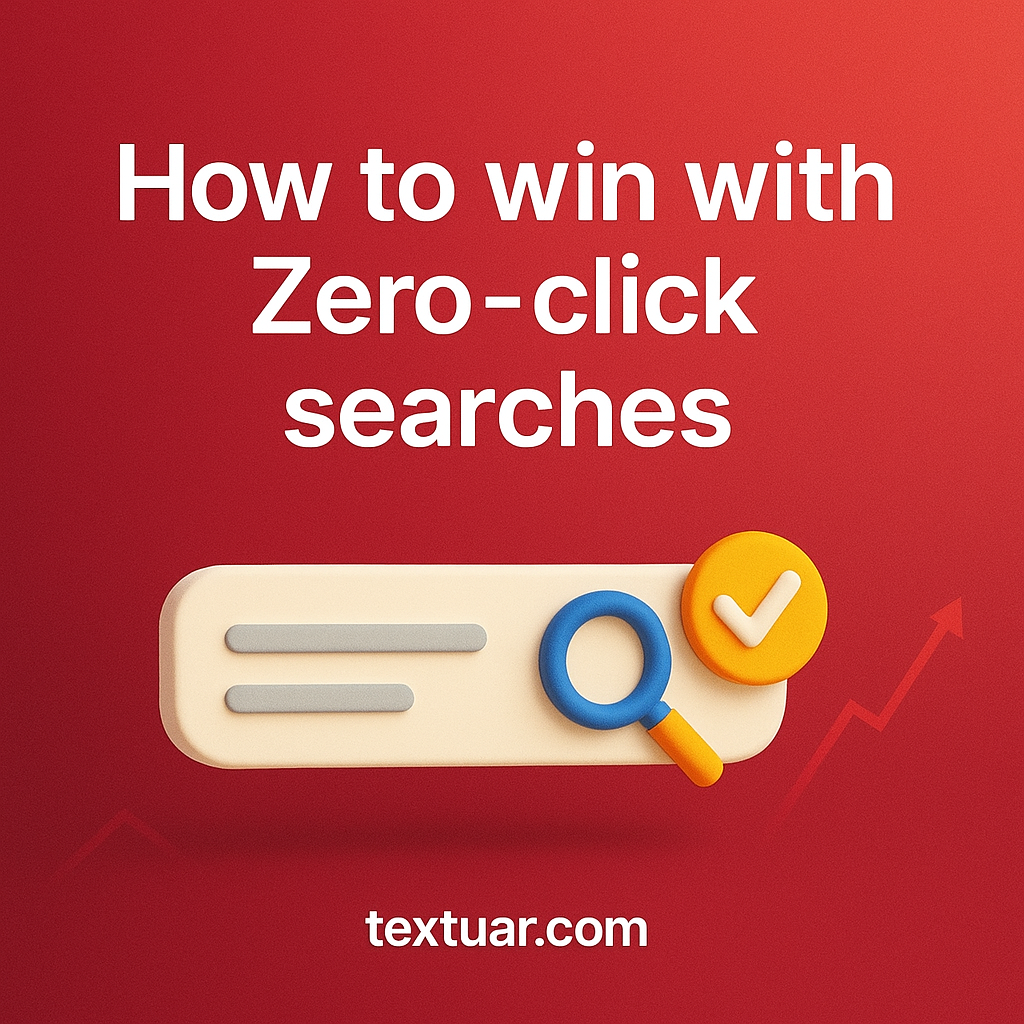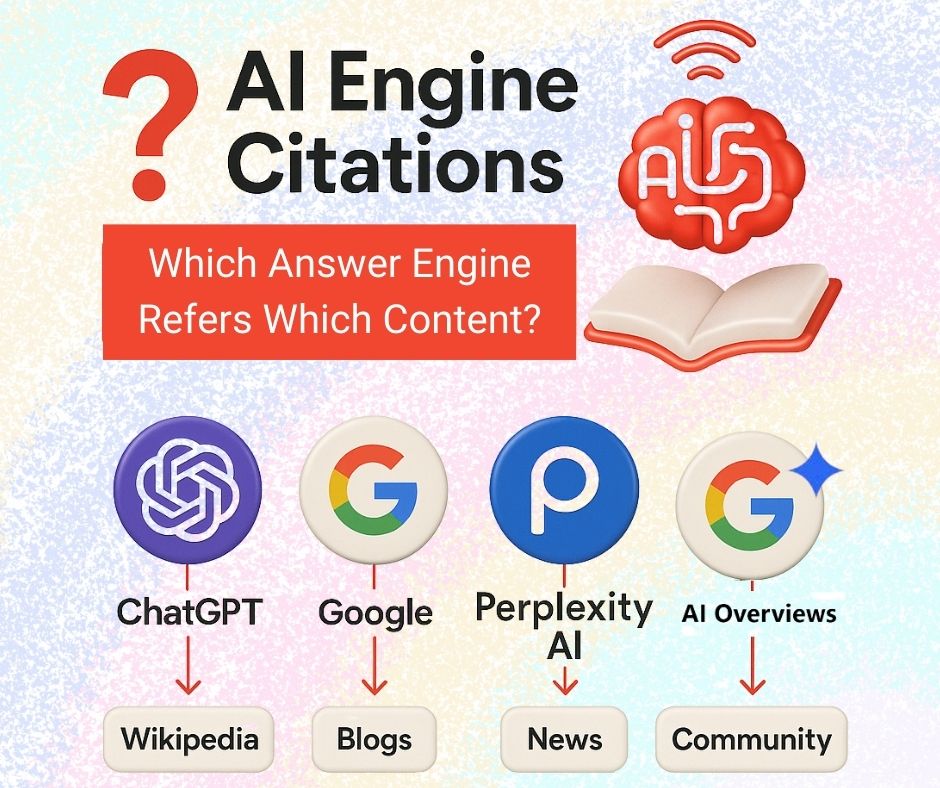Content creators in the professional blog writing business need to manage time so that they can maximize ROI.
Project managers would relate to this daily challenge.
They have come up with a number of measures to ensure that every word delivers maximum value, not just to the clients, but also to their own business.
One such measure is the creation of an outline before beginning with the drafting process.
What is a blog outline?
Imagine if Sarah gets a mandate to develop a 4000-word blog. This easily takes 10 to 12 hours to produce and deliver. It’s as good as two FTEs engaged fully for a day or one team member busy for almost two full days on this project.
Now if Sarah simply gets started and drafts the 4000 words, it might be a risky way of doing the work. Suppose the client drops a bomb and says that 60% of the blog wasn’t up to the expectation in terms of coverage.
As a writer, Sarah will be left stranded having to do re-do the blog. She is going to spend more time that could’ve otherwise been utilized on other projects.
Is there a way to prevent such re-work and get it right the first time as per client expectations?
A blog outline goes a long way in preventing such costly re-work.
An outline is simply like a table of content or index that we see at the beginning of a book. It lists down the flow of the narrative. It is a visual cue for the writer to stay on track at all times when writing the blog. Experts support the use of outlines to make blog writing process more efficient.
When should you prepare the outline?
A blog outline looks something like this

It shows many pointers –
- The flow of the topic from start to end
- An indication of what points will be covered
- Number of words allocated to each point (to meet overall wordcount goal)
- Reference URL to research more on a given point
It should be prepared at the research stage. In this stage, you collect the necessary intel to build your own blog. The outline will help you know what point to cover (and avoid duplication of coverage). It also serves as a constant reminder of how many words can the narrative cover for a particular point.
How a blog outline benefits the readers?
Readers can enjoy a well-written blog that flows from start to end in a natural and smooth way. Such blogs don’t abruptly jump from one idea to another. Also all sub-headings or ideas within the body of the content are given equal coverage.
This USP is possible because the writer had a visual cue in front of her. She knew that she had xxx words per section to total to yyy words overall. For a long form content writing, it becomes difficult for the content writer to track the progress if she doesn’t have such visual cues.
Hence, many content writing companies make it a point to integrate outline creation as a part of their research process.
How to prepare the outline?
- Open an Excel sheet
- Add 4 key headers
- Serial number
- Topic / item
- Words allocated
- Ref URL
Save and close. That’s it!
It’s so easy creating an outline.
Imagine if you need to create a 700-word blog.
You start with the research process to gather material for a blog. A draft outline would then look something like this
- Intro = 50 words
- Point A in body = 75 words
- Point B in body = 75 words
- Point C in body = 75 words
- Point D in body = 75 words
- Point E in body = 75 words
- Point F in body = 75 words
- Point G in body = 75 words
- Point H in body = 75 words
- Conclusion = 50 words
So you have intro + conclusion = 100 words & 8 points in body = 600 words
Total = 600 + 100 = 700 words
But when you go further into your research, you figure that there isn’t much material. So you estimate your blog body to have 5 points instead of 8.
Now your revised outline would be
- Intro = 50 words
- Point A in body = 120 words
- Point B in body = 120 words
- Point C in body = 120 words
- Point D in body = 120 words
- Point E in body = 120 words
- Conclusion = 50 words
See what has changed now?
Now the professional blog writing expert knows she needs to go deeper than 75 words to meet the overall word count as there are lesser number of points to cover. This way, the writer is crystal clear on what to cover. She also knows how much to cover for each point.
Does every blog need an outline?
A blog outline is an important part of the content writing process. But it is not necessary to have an outline for all content types. We would recommend going for an outline if –
- The content spans more than 500 words
- The topic is niche, or
- You need an in-depth content developed
Professional blog writing companies make outline an indispensable part of their intel gathering or research process before starting with the draft. This way, the blog writer knows
- what points to write about,
- what materials are available online, and
- how much meat can she extract online to build a solid piece of copy
Also, blog writers use the word limit in the outline to avoid long winding discussion, repetition of points, and beating around the bush just to meet the wordcount.
What happens if you don’t have a blog outline?
Imagine a reverse scenario where you didn’t have a blog outline:
- You may go on and on one particular point. Eventually, you will be left with no words to describe the rest of the points.
- You may risk going over the suggested word limit. Remember that every word comes at a cost. And the client will bear only for those many words that were committed during the initial scoping of the project. So, it may happen that you commit for 500 words and end up creating 800 words, simply because you didn’t create an outline. You won’t have any visual cue to refer to during the drafting stage. The client will pay only for 500 words. The blog writer’s time and effort for the remaining 300 words will not be compensated.
- The content writer may have to re-work on the blog. This point will lead to a loss of productivity and hence impact earnings.
Hence, from a business perspective too, a blog outline is essential.
To sum it up
A professional blog writing service depends a lot on managing the limited time right so that it can maximize the ROI from every project. With a blog outline, the writer can ensure that the blog shapes up as per client expectations the first time. This step prevents re-working on the blog later. As a result, the writer can churn out more words within the limited time, and thus, improve the agency’s revenues.











